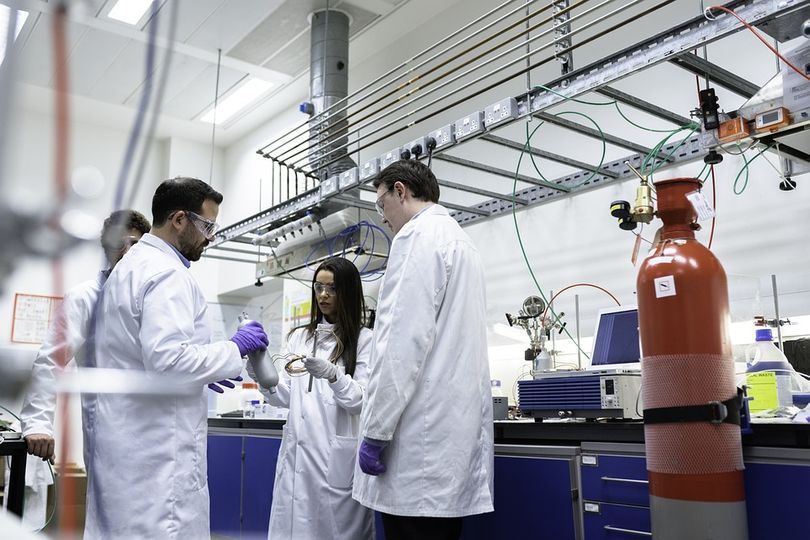The American Society of Mechanical Engineers (ASME) is a non-profit professional association founded in 1880 by mechanical engineers Alexander Lyman Holley, Rossiter Worthington, John Edison Sweet, and Matthias Forney. It was created to generate a series of design codes for the construction, testing, and industrial equipment inspection, including pressure vessels. ASME has a wide range of norms and standards accepted in more than 150 countries and has about 110,000 members globally.
ASME members are university students, engineers, business executives, academic leaders, researchers, and project managers, and its members are active in many technical disciplines that represent almost all facets of a community.
Company Administration
ASME administrators are elected by the members themselves, who voluntarily put their knowledge and experience at the organization’s service. The administrative council and leaders work together to make programs and strategies available to engineers at a global level. The organization manages its programs through committees and groups in different countries and ensures compliance with the technical requirements and professional interests of its members in the international engineering community.
Main Achievements of the Organization
ASME leads the development of technical regulations encompassing more than 600 standards for various types of mechanical elements. Its main achievement has been to improve the safety of thermal equipment, especially boilers. Between 1870 and 1910, there were 10,000 boiler explosions in the US, causing frequent loss of human life and wide social protest. As of the year 1910, the solutions implemented by ASME made it possible to reduce this number of accidents considerably, and modern boilers are much less dangerous than their antique counterparts thanks to the ASME’s innovations.
ASME Standard for Boilers and Pressure Vessels
The ASME standard is a coding standard for boilers and pressure vessels that dictates guidelines for the design, manufacture, and inspection of boilers and pressure vessels, ensuring that what is manufactured under these standards has a long useful life and protects the people and facilities that rely on these items. Aggressive Tube Bending complies with these international norms and standards.
ASME Today
Currently, ASME has maintained the same organizational structure since 1920, in which there are 36 technical divisions, one subdivision, and three technical institutes. The first eight divisions were: Aerospace, Materials Engineering, Materials Production, Fuel, Management, Production Engineering, Energy, and Rail Transportation. Later, the Internal Combustion Engine and Textile divisions were added as those industries emerged, and more recently, the world’s increased reliance on computers has led to the addition of the Storage Systems and Information Processes divisions.
What do you think about this topic? Do you know the ASME standard?
If you want more information about our products and services, you can contact us or write your query below (comments section).
Image by RAEng_Publications via Pixabay.com under creative commons license.
